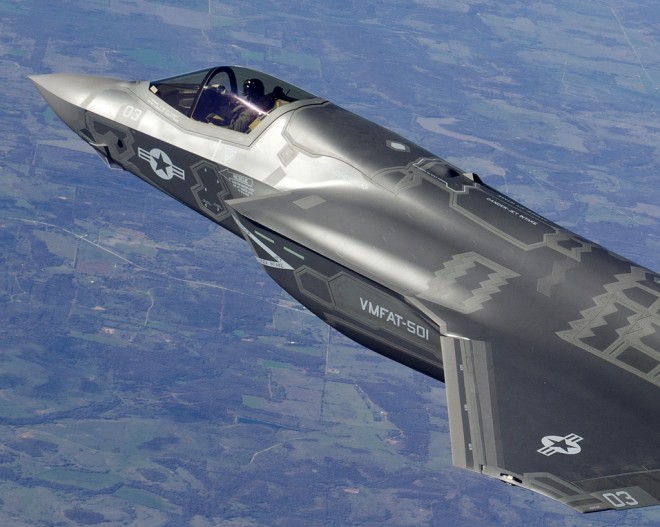John Galt’s Real Strike Chapter 6: The US Air Force
During WW2 the Air Forces saw produced many FINE fighters.
As these fighters, rushed into production by combat saw dog fighting, experience was used to introduce improvements, notable that of visibility all around the pilot so he could see the enemy in a dogfight 360 degrees around him.
Examples? … the P47 Thunderbolt.
The P47 began like this in combat.
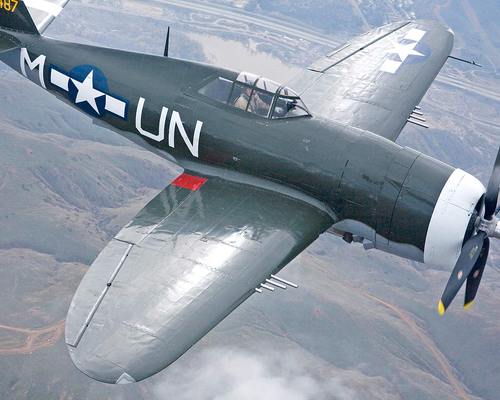
But it finished like this:
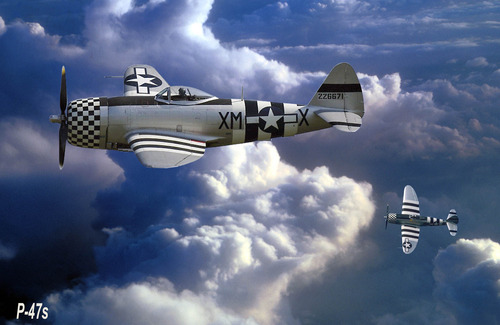
1943-45, note the cockpit design.
The P-51 Mustang began like this
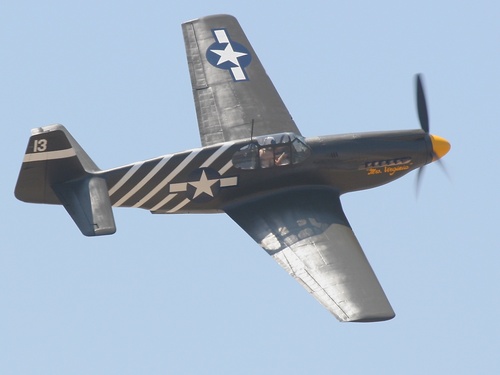
and ended like this

The Spitfire at start:
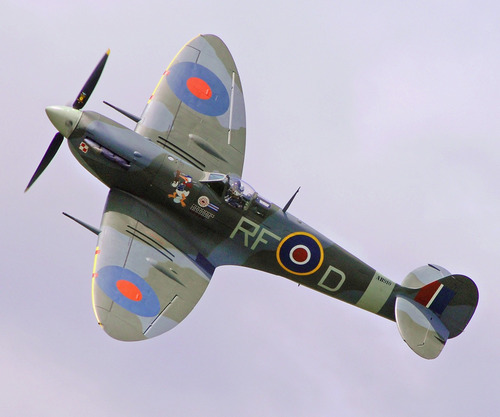
but it finished this way

Different fighters, different nations, same lesson.
1941-1945.
Seventy two year old lessons.
WIRED:
Test Pilots: Stealth Jet’s Blind Spot Will Get It ‘Gunned Every Time’
The F-35 Joint Strike Fighter, the military’s expensive main warplane of the future, has a huge blind spot directly behind it. Pilots say that could get them shot down in close-quarters combat, where the flier with the better visibility has the killing advantage.“Aft visibility could turn out to be a significant problem for all F-35 pilots in the future,” the Pentagon acknowledged in a report (.pdf) obtained by the Project on Government Oversight, a Washington, D.C. watchdog group.That admission should not come as a surprise to observers of the Joint Strike Fighter program. Critics of the delayed, over-budget F-35 — which is built in three versions for the Air Force, Navy and Marine Corps — have been trying for years to draw attention to the plane’s blind spot, only to be dismissed by the government and Lockheed Martin, the Joint Strike Fighter’s primary builder.The damning report, dated Feb. 15, summarized the experiences of four test pilots who flew the F-35A — the relatively lightweight Air Force version — during a September-to-November trial run of the Joint Strike Fighter’s planned training program at Eglin Air Force Base in Florida. The report mentions a number of shortfalls of the highly complex F-35, including sensors, communications and aerial refueling gear that aren’t yet fully designed or just don’t work right.No aspect of the report is more damning than the pilots’ critiques of the F-35′s rearward visibility. “All four student pilots commented on the out-of-cockpit visibility of the F-35, an issue which not only adversely affects training, but safety and survivability as well,” the report states. The Joint Strike Fighter is a stealth plane designed to avoid detection by radar, but if it ends up in a short-range dogfight, a distinct possibility even in this high-tech age, it’s the pilot’s eyes that matter most.Meant to replace almost all of the military’s jet fighters at an initial cost of more than $400 billion, the F-35 has a clamshell-style windshield with a good view to the front and sides. But it’s got no line of sight to the rear, which is blocked by the pilot’s seat and the plane’s upper fuselage spine. Today’s A-10s, F-15s, F-16s, F/A-18s and F-22s, by contrast, have so-called “bubble canopies” with good all-round vision.The limitations of the F-35′s canopy are “partially a result of designing a common pilot escape system [a.k.a. ejection seat] for all three variants to the requirements of the short-take-off and vertical landing environment.” In other words, the Joint Strike Fighter’s windshield is constrained by the need to fit a standard ejection seat and the downward-facing engine of the Marine Corps variant, which allows that model to take off and land vertically and is located directly behind the cockpit.The pilots, who formerly flew A-10s and F-16s, didn’t seem interested in excuses. Their comments, quoted in the report, are scathingly direct.“Difficult to see [other aircraft in the visual traffic] pattern due to canopy bow,” one said.“Staying visual with wingman during tactical formation maneuvering a little tougher than [older] legacy [jets] due to reduced rearward visibility from cockpit,” another added.Said a third, “A pilot will find it nearly impossible to check [their six o’clock position] under G [force].”“The head rest is too large and will impede aft visibility and survivability during surface and air engagements,” one pilot reported.Most damningly: “Aft visibility will get the pilot gunned every time” during a dogfight.The pilots’ sentiments echo warnings by Pierre Sprey, one of the original designers of the A-10 and F-16. Joined occasionally by former national security staffer Winslow Wheeler and ex-Pentagon test director Tom Christie, Sprey has repeatedly spoken out against the military’s tendency to downplay pilot visibility in recent warplane design efforts. At a presentation in Washington six years ago, Sprey told Danger Room that the F-22, also built by Lockheed Martin, featured a more limited view from the cockpit than the company’s older F-16 — and that the F-35, then still in early design and testing, would be far worse still.Lockheed and the military’s response has been to tout the benefits of the Joint Strike Fighter’s sensors, which Lockheed vice president Steve O’Bryan last year characterized as “world-beating.” The F-35 has six wide-angle cameras installed along the fuselage that are supposed to stream a steady, 360-degree view directly to the pilot’s specially designed helmet display. In essence, the warplane should see forthe pilot.But the helmet display doesn’t work yet, another shortfall highlighted by the Pentagon report. For now — and perhaps forever if the display’s problems don’t get resolved — Joint Strike Fighter pilots rely solely on their eyes for their view outside the jet. And their vision is incomplete owing to the F-35′s design compromises.“There is no simple relief to limitations of the F-35 cockpit visibility,” the report states. Instead, the Pentagon admits it is more or less hoping that the problem will somehow go away on its own. “It remains to be seen whether or not, in these more advanced aspects of training, the visibility issues will rise to the level of safety issues, or if, instead, the visibility limitations are something that pilots adapt to over time and with more experience.”But wishful thinking is no basis for warplane design. Especially when the plane in question is supposed to form the backbone of the entire U.S. air arsenal.
- “the F-35 Is Not Capable Of Unsupported Combat Against Any Serious Threat”
Michael Gilmore, the Pentagon’s director of operational test and evaluation (DOT&E) HOTAIR: Digging deeper into the actual report, the F-35’s problems are extensive and span across all three variants of the aircraft: the “A” model for the...
- “the F-35 Was Not Built As An Air-superiority Fighter And Needs The Usaf’s Existing Stealth Fighter, The F-22, To Protect Against Enemy Aircraft”
head of the USAF’s Air Combat Command admitting this HERE in an article saying the Israeli Air Force with NO 5th generation fighters, or 4.5 generation fighters (such as the SU-35) is about to lose the qualitative edge it has held since 1967. TO ALL...
- “the F-35 Is Not Built As An Air Superiority Platform. It Needs The F-22.”
And of course, we replaced our 751 F-15A&B’s with 186 F-22’s, and are now shrinking the remaining F-15C’s down to 159. But that’s not all folks, Wash. Examiner:The F-35 should be known as the fighter that ate the defense budget.It’s...
- John Galt’s Real Strike Chapter Three - Malaise In American Defense
Never mind the FAA grounding 100% of Boeing 787’s last night.Pentagon reports major defects in all F-35 variantsThe Pentagon’s Office of Operational Test and Evaluation asserted that all three variants of the JSF contained major flaws. In a report...
- F-35 Difficulties
Troubles with the F-35 deal for Israel: (IsraelNN.com) Israel’s order for 75 F-35 Lightning II fighter planes from Lockheed Martin may be pushed back two years to 2016, according to an internal Pentagon report. The Joint Estimate Team (JET) said the...

